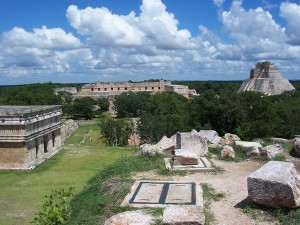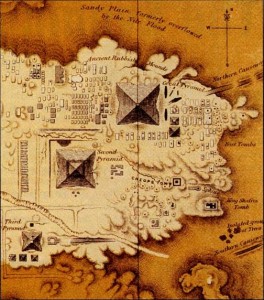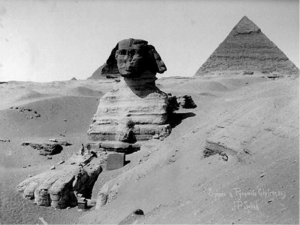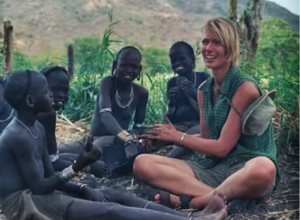Imagine combining the minds of an archaeologist, a police officer, and a detective. The three unique minds of these professions are how mysteries are solved. During the “Scene of the Crime” presentation by Dr. April Beisaw, an archaeologist’s perspective and thoughts were demonstrated in two crime photos. One photo was of an actual police homicide photo, and the other a print by George Bellow named The Last Victim. In the spirit of Halloween, Dr. Beisaw took an interesting approach to demonstrating an analysis of the pictures. She turned her presentation into a ghost story, engaging the audience and keeping them asking questions.
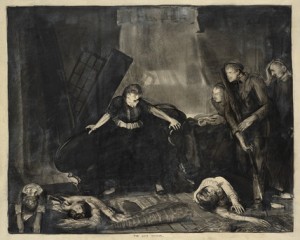 George Bellows “The Last Victim”
George Bellows “The Last Victim”
How is an archaeologist’s perspective different then one of a detective or police officer? Looking at both of the photos next to each other, a detective or police officer may look at it and analyze them separately. Each photo was taken and made at different time periods that one may not find any similarities between the two. An archaeologist looks at similarities by using different clues to find out the lifestyle of the victim. As Dr. Beisaw explained, both pictures stood out to her because of the similar position of the victim and location of the murder. The first thing an archaeologist notices that may not be noticed by others is the similarities that occur in people across time and cultures. Both victims in the photo had similar arm positions and both were in a similar laid down position. Archaeologists use these human universals to learn and provide more information about all similar situations.
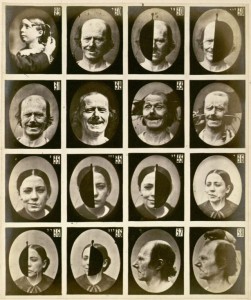 human universals:facial expressions
human universals:facial expressions
Another interesting thing archaeologists bring to a crime scene is looking around for ordinary objects that are found in the room to infer a date, profession, lifestyle, and everyday activities of the victim. The daily routine or what type of person the victim is does not concern detectives on a case, but by using various ordinary clues, more information can be found. In one of the photos, Dr. Beisaw pointed out the childish wallpaper of the room, some magazines, and an academic certificate. All of these ordinary and simple items that may have been overlooked by a police officer let us to think about the victims family and lifestyle.
The presentation by Dr.Beisaw left the audience asking questions and thinking about crime scenes in a different light. At the end of the presentation the audience even started thinking like an archaeologist and trying to further the analysis of the unknown victim. The presentation was a fun way to get the audience thinking and was perfect for continuing the Halloween mood!
lowres-picturecabinet.com.s3-eu-west-1.amazonaws.com/156/main/1/685891.jpg
http://upload.wikimedia.org/wikipedia/commons/0/08/Duchenne-FacialExpressions.jpg

